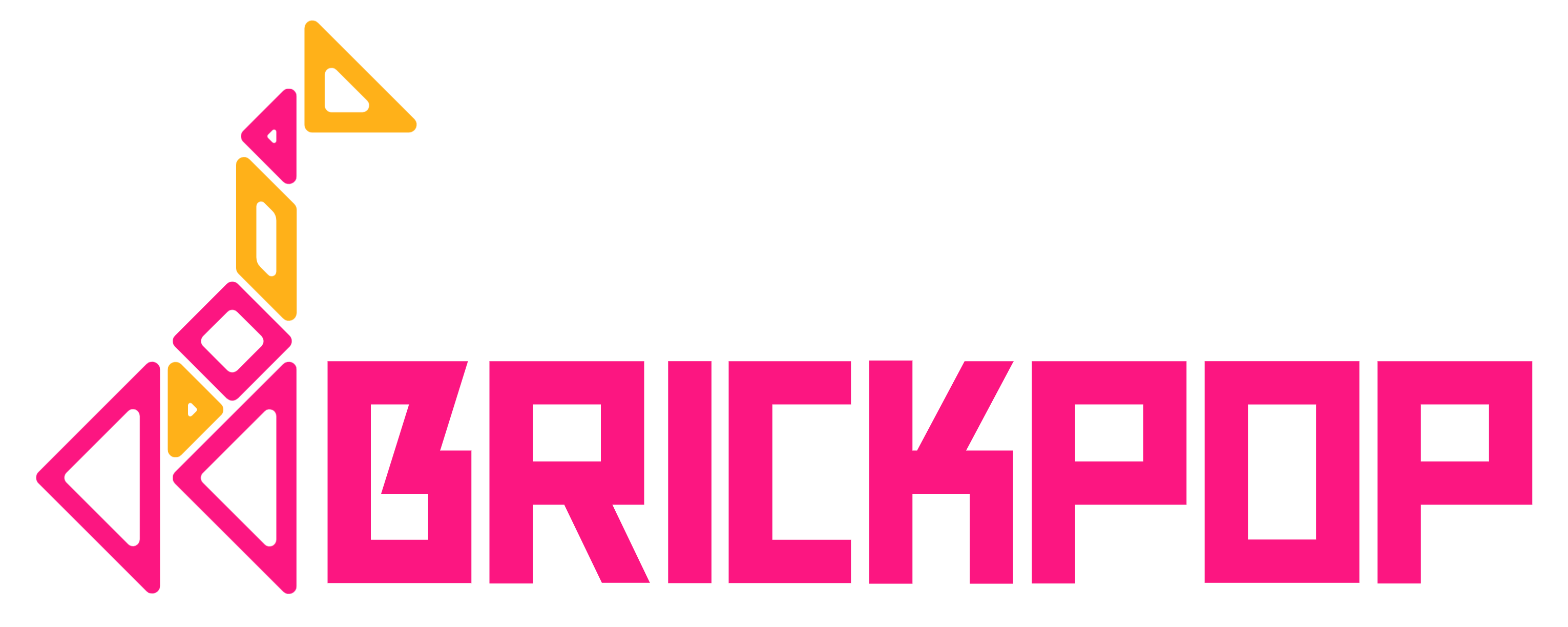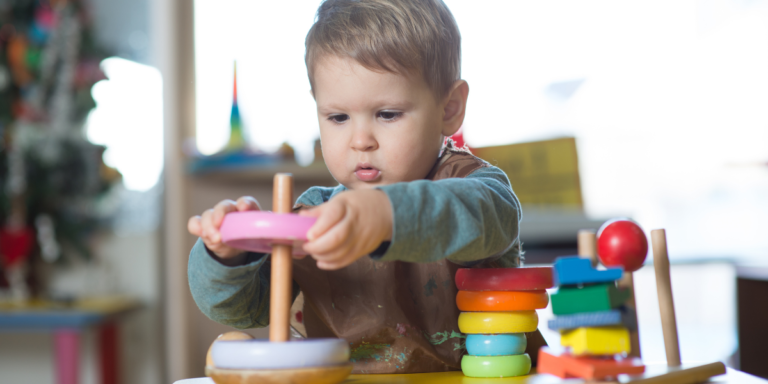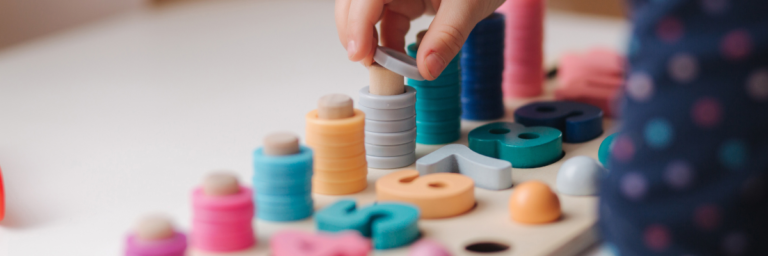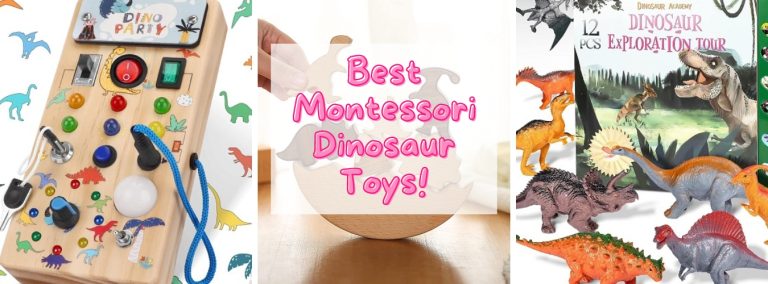Reggio Emilia vs. Montessori
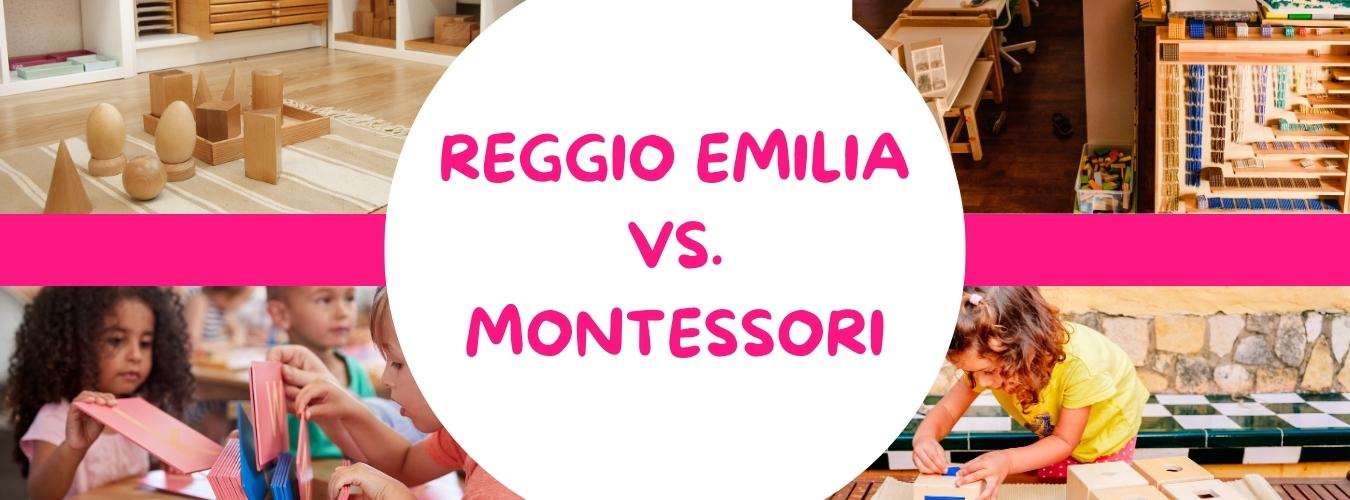
Choosing the right preschool and early learning environment for your child is one of the most important decisions a parent has to make. Two popular alternative approaches are the Reggio Emilia and Montessori methods. We will cover everything you need to know about Reggio Emilia vs. Montessori when it comes to children’s development.
While both Reggio Emilia and Montessori aim to provide nurturing, child-centric learning, there are some key differences between the two philosophies. This comprehensive guide examines the history, teaching principles, classroom design, and other aspects to help you determine which approach may be the best fit for your child.
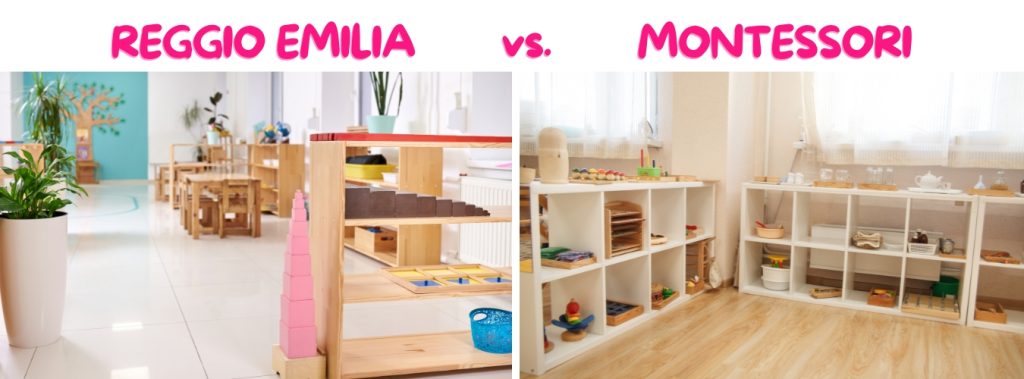
What is The Reggio Emilia Approach?
The Reggio Emilia approach originated in Northern Italy after World War II as an effort to enrich the lives of children who were born during the turmoil of war. The goal was to develop a progressive method of education that would foster responsible, respectful citizens.
Some key principles of the Reggio Emilia philosophy include:
- Children are viewed as capable, active participants in their own learning.
- Education focuses on cultivating children’s natural curiosity through exploration and discovery.
- The classroom environment is designed intentionally as the “third teacher” to inspire learning.
- Collaborative group projects and peer learning are encouraged.
- Open-ended activities based on student interests guide the emergent curriculum.
- Teachers serve as guides and facilitators of student-driven learning.
- Documentation through portfolios and displays makes the learning visible.
The Reggio Emilia approach spread globally after being featured in a 1991 Newsweek article titled “The 10 Best Schools In The World.” Today, there are Reggio-inspired schools around the world.
Advantages of The Reggio Emilia Approach
- Promotes creativity, critical thinking, and collaboration through project-based learning.
- Adaptable emergent curriculum based on child interests.
- Beautiful, intentionally-designed classroom environments.
- Strong sense of community and partnerships between parents, teachers, and children.
Disadvantages of The Reggio Emilia Approach
- Less structured and more challenging for some children.
- Requires specially trained teachers and more investment in classroom materials.
- Philosophy is open to interpretation and implementation varies.
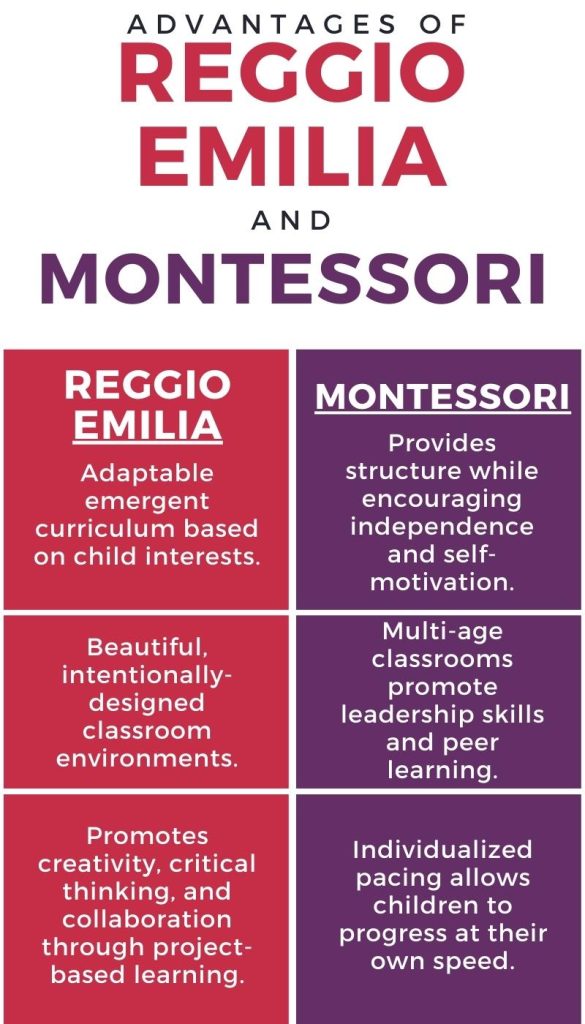
What is The Montessori Method?
The Montessori method was founded in 1907 by Dr. Maria Montessori, one of Italy’s first female physicians.
The Montessori Method uses the following teaching principles:
- Children have an innate desire to learn through sensory exploration.
- Multi-age classrooms promote peer modeling and cooperation.
- Specially designed, manipulative materials enable self-directed learning.
- Mixed age groups encourage older children to teach younger students.
- Teachers guide children individually based on their developmental readiness.
There are over 4,000 Montessori schools in the U.S. today. The method has expanded beyond preschool to include elementary, middle, and even high school programs.
Advantages of The Montessori Method
- Provides structure while encouraging independence and self-motivation.
- Multi-age classrooms promote leadership skills and peer learning.
- Specialized Montessori materials spark interest in key concepts.
- Individualized pacing allows children to progress at their own speed.
Disadvantages of The Montessori Method
- More formal environment with less emphasis on free play.
- Requires specially trained teachers and specific teaching materials.
- Philosophy is open to interpretation and implementation varies.
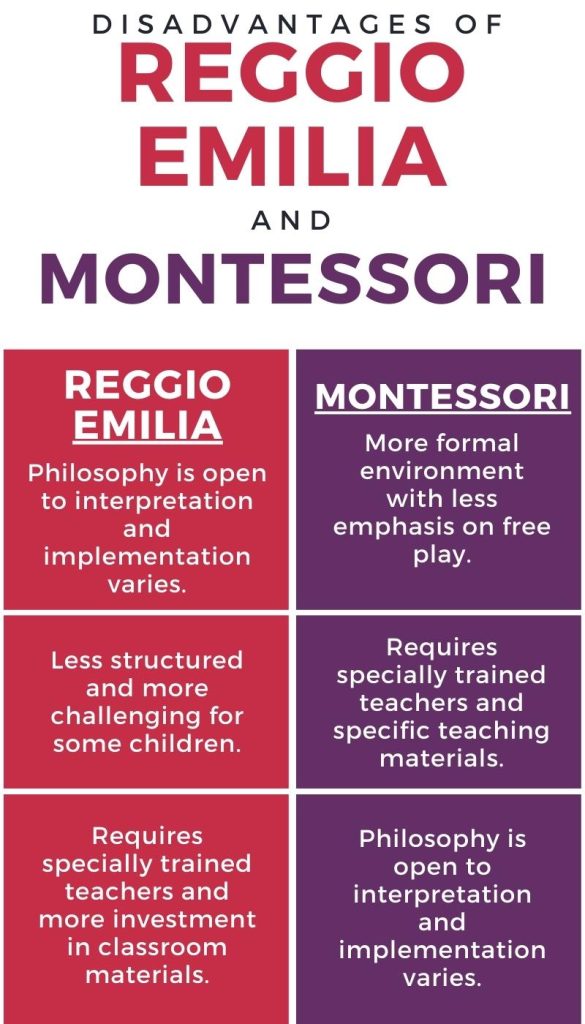
The Roles of Children & Teachers: Reggio Emilia vs. Montessori
The Reggio Emilia and Montessori approaches have different perspectives on the roles of teachers and children during the learning process.
Reggio Emilia
In the Reggio model, children are viewed as capable initiators and explorers of their own learning. Teachers serve as collaborators, guiding learning by asking thoughtful questions and providing opportunities to inquire. The teacher respects the child’s interests, motives, cultural background, and perspectives.
Montessori
The Montessori method views the teacher as an unobtrusive director of learning. Teachers carefully observe each child and introduce materials and lessons based on the child’s developmental readiness and interests. The child progresses at their own pace through purposeful activities that enable independent learning.
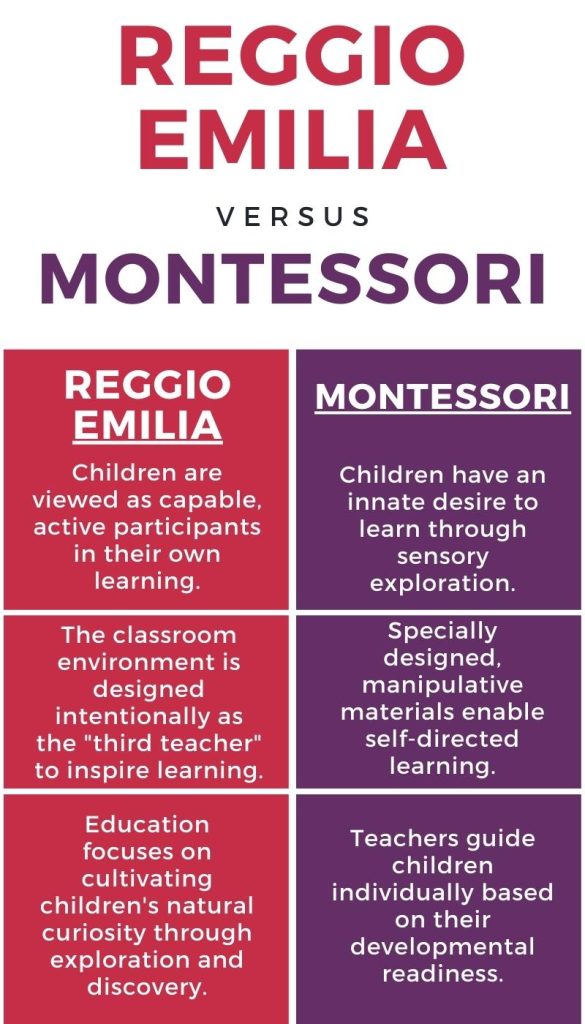
Reggio Emilia Classrooms vs. Montessori Environments
Both Reggio Emilia and Montessori emphasize the importance of thoughtfully designed spaces for learning. However, there are some notable differences in their classrooms.
Reggio Emilia Classrooms
- Organized into zones for small and large group activities
- Materials reflect real-world diversity and culture
- Documentation covering walls displays the children’s work
- Aesthetically pleasing with attention to color, light, and nature
- Viewed as the “third teacher” to inspire exploration
Montessori Classrooms
- Furniture and fixtures are child-sized to enable independence
- Materials are meticulously arranged on low, open shelves
- Each material has a specific place on the shelf
- Minimal décor and neutral colors not to distract
- Offers prepared environments tailored to developmental needs

In Reggio Emilia schools, classrooms are tailored to the group of children each year. In Montessori, classrooms are more standardized across age groups.
Teaching Principles: Reggio Emilia vs. Montessori
While Reggio Emilia and Montessori programs share some student-centered learning principles, there are philosophic differences between the two approaches:
Reggio Emilia Teaching Principles
- Emergent curriculum driven by student interests
- Project-based learning and group collaboration
- The classroom environment is the “third teacher”
- Teachers as partners and co-learners with children
- Learning is viewed as a journey fueled by curiosity
Montessori Teaching Principles
- Teachers follow the set Montessori curriculum
- Emphasis on individual, self-directed learning
- Prepared classroom environment with specific materials
- Teachers present structured lessons based on student readiness
- Learning is viewed as absorbing information from the environment
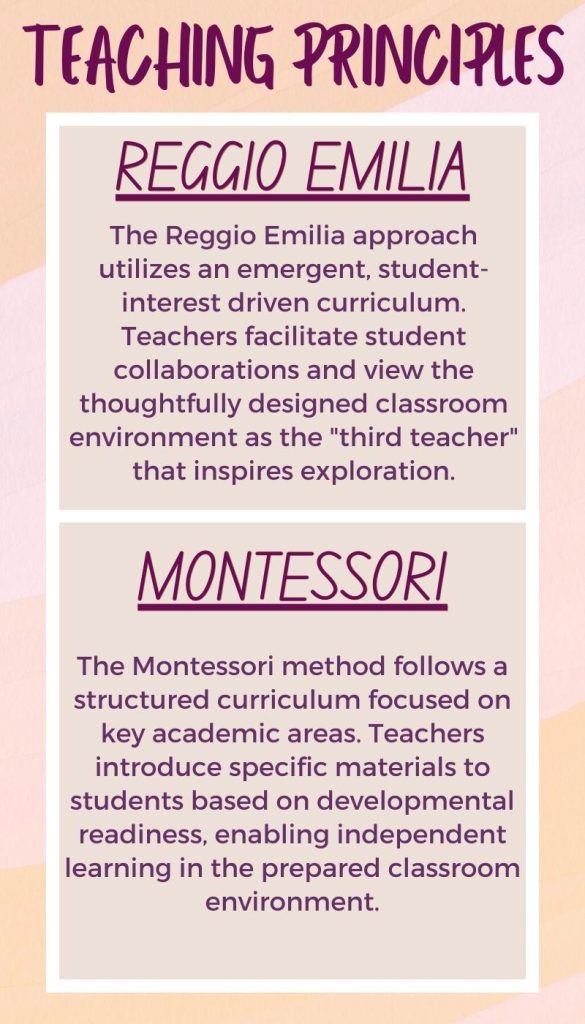
In practice, a Reggio Emilia classroom will look less structured as teachers shape the curriculum around the students. Montessori classrooms adhere more uniformly to the specific materials and curriculum.
How to Choose: Reggio Emilia or Montessori?
When selecting a preschool, it’s important to consider your child’s personality, learning style, interests, and developmental needs. Here are some factors to help choose between Reggio Emilia and Montessori:
For creative, social children: Reggio Emilia
The Reggio approach appeals to artistic, outgoing children who enjoy collaboration, projects, and a curriculum directed by their curiosity. Reggio fosters creativity through varied materials and expressive activities.
For independent, focused learners: Montessori
Children who concentrate deeply, prefer working alone, and like order may thrive in a Montessori setting. The individualized pacing enables advanced progress, and the structured environment limits distractions.
For children who need structure
The order and consistency of the Montessori method provide security for some children. Reggio’s flexibility requires greater independence and self-direction.
For children who need freedom
Reggio’s open-ended activities and child-led learning give energetic kids room to move. Montessori requires greater concentration and sitting still.
Teacher credentials
Reggio teachers often have backgrounds in education or child development. Montessori teachers must undergo extensive specialized training.
FAQs for Reggio Emilia vs. Montessori Teaching Methods
How is the classroom viewed for Reggio Emilia vs. Montessori?
Reggio Emilia classrooms are designed as “third teachers,” with a focus on aesthetics and natural materials that inspire creativity. Montessori classrooms have specific learning materials that promote independent exploration.
How should parents be involved in Reggio Emilia vs. Montessori?
Reggio Emilia encourages strong parent involvement, valuing the partnership between teachers, parents, and the community. Montessori also encourages parent engagement but may focus more on the child’s individual learning process.
Which approach is more child-centered?
Both approaches prioritize child-centered learning, but Reggio Emilia places a stronger emphasis on child-led projects and group collaboration, while Montessori focuses on individual learning and exploration.
How do they differ in teaching methods?
Reggio Emilia emphasizes child-driven projects and collaboration among students, while Montessori uses structured activities and self-correcting materials to guide individual learning.
Are there differences in assessment for Reggio Emilia and Montessori?
Reggio Emilia uses documentation of children’s work and progress to assess learning. Montessori uses self-assessment and observation by teachers to guide instruction.
When it comes to Reggio Emilia vs. Montessori, which approach should I choose?
Choosing between Reggio Emilia and Montessori depends on your child’s learning style and your educational philosophy. Reggio Emilia is more open-ended and creative, while Montessori offers a structured and self-paced learning environment. It’s important to research both approaches and visit schools to determine which aligns better with your child’s needs and your family’s values.
Conclusion
Ultimately, observe classrooms and speak with teachers to find the approach that aligns best with your parenting style and your child’s personality. With patience and care, children can flourish in both Reggio and Montessori environments. Keep an open mind, and trust you’ll make the right choice for your family.
